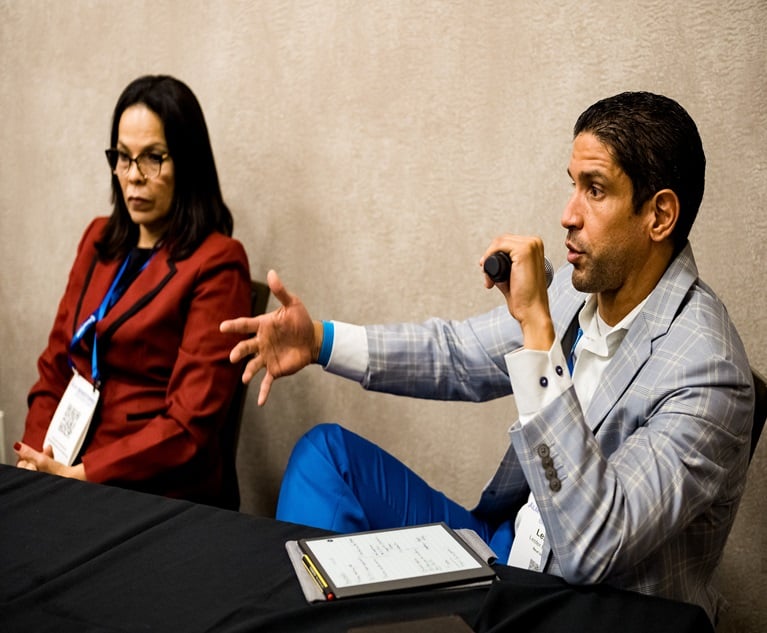Not all sales close on the first — or even second orthird, etc. — closing call.
|Because of that, it's often necessary to set a call back tocontinue the conversation. Like most parts of a sale, the call backis one of those recurring situations that you, or your sales team,will find yourself in countless times a day or week.
|Avoid ineffective habits
Because of this, it's important that you develop and then scriptout a best practice approach to handle it effectively.Unfortunately, many sales reps have never given the call back (orvery many other parts of their sale) much thought. Instead, theyadlib it and so develop ineffective and bad habits.
|Some of these include:
|“Ah, when should I follow up with you?”
|This is obviously a weak set up and gives all control of thecall — and the ensuing sales cycle — over to theprospect. As strange as it may sound, this is how over 50 percentof sales reps handle the call back.
|Another ineffective approach:
|“When will you be speaking with ________? O.K., would it bealright if I followed up after that?”
|Again, this is a weak approach and gives all control to theprospect.
|While there are some instances when you need to find out whatthe next step is, (i.e. talking to a partner, meeting with acommittee, etc.), what's important is that you, the sales rep, takecontrol of the call back timeframe AND get commitment from yourprospect.
|Related: 3 different closing tactics to help you seal thedeal
|Here are some examples of the proper way to set a call back:
|
Take control of the call back process by asking yourprospect questions that encourage a commitment on when a follow-upcall will occur. (Photo: iStock)
|“__________, in terms of talking to your partner, what timetoday can you do that?”
|Sometimes it's better to assume they can and will be speakingwith the other person that same day. This works best in a smallcompany or in a business to consumer sale. If you know it's goingto be later in the week or another time, then change the scriptaccordingly. Try:
|“__________, when is the soonest you'll be speaking withthem?”
|By doing it the first way, you'll either be setting orconfirming the time frame and controlling the call back. If theycan't do it that day, then they'll come back with a more definiteday and time and that will keep you in tighter control of the salescycle. After they let you know, say:
|“O.K., great. I'm looking at my calendar for that day— what's better for you on that Tuesday — morning orafternoon?”
|Now you're locking down not only the day, but also the time.You're getting them involved and having them check their schedule.Once again, YOU are controlling the call back, and by doing it thisway you're not letting a lot of time pass between when they speakto their partner and when you next speak again.
|Related: 22 reasons why salespeople don't close moresales
|If there are a lot of decision makers involved, or if it's goingto be a longer process, then you should schedule a “progress call”to assess their level of interest and to keep yourself in theloop.
|Try:
|“I understand you've got several people involved in this andthat you're talking to other vendors. Here's what I'd suggest:since you're likely to have some questions come up between our nextcall, how about I reach out to you in (one week, two weeks,whatever is appropriate) just to see if there is anything I cananswer for you.
|“I've got my calendar in front of me — how does (suggest aday and time) look for you?”
|Related: Close more insurance deals by doingthis
|Once again, you are driving the sales cycle and the call back.This is crucial to keep you top of mind and to allow you to headoff any problems that might come up during the decisionprocess.
|And another:
|“I'll go ahead and send you the information we just talkedabout, and then I'll schedule you for a call back next Tuesday. Doyou have your calendar handy?”
|Noticing a trend? Once again, I'm in control of the call backtime frame. And don't worry, if that's not OK with them, they'llsuggest another day/time that is. Setting a call back like thiskeeps the sale moving forward and keeps them from 
If your prospect is controlling the call back process, askfor a timeline to keep things moving forward. (Photo:iStock)
|Now what happens if they want to call you back and won't allowyou to set the call back? Two things: One is that this isn't a goodsign. It means they want to control the sales cycle (which is nevergood), and, number two, it can also mean there is an objection thatis standing in the way of the sale.
|When this happens, you should try to move the call back date outjust a little further and still try to control when you get to callback. Try:
|“I understand. What's the timeline for this?”
|Qualify for timeline first. Then:
|“Tell you what: If I don't hear from you in the next (30 days— whatever is appropriate), then I'll get in touch with you tosee if there are any questions. What do you prefer, mornings orafternoons?”
|Once again, you're in control of the call back, and you've got adefinite time frame and time of day to call back.
|Keep control of what happens
The bottom line with the call back call is to keep control ofwhen it happens. Never leave it up to your prospect. Try to lockdown the soonest date after any “event” that is going to happen,like them speaking to a partner, etc. Next, get them involved byhaving them check their calendar and identify a time of day. Try toget their buy in on that day.
|By getting better at directing the sales cycle, you'll getcloser to making deals happen. Make it a point to get good at this— and all other — parts of the sale. As you do, you'll movecloser to becoming a top producer in your company and then in yourindustry.
|Related: Sales call not going your way? Try this before youhang up
Want to continue reading?
Become a Free PropertyCasualty360 Digital Reader
Your access to unlimited PropertyCasualty360 content isn’t changing.
Once you are an ALM digital member, you’ll receive:
- All PropertyCasualty360.com news coverage, best practices, and in-depth analysis.
- Educational webcasts, resources from industry leaders, and informative newsletters.
- Other award-winning websites including BenefitsPRO.com and ThinkAdvisor.com.
Already have an account? Sign In
© 2024 ALM Global, LLC, All Rights Reserved. Request academic re-use from www.copyright.com. All other uses, submit a request to [email protected]. For more information visit Asset & Logo Licensing.








